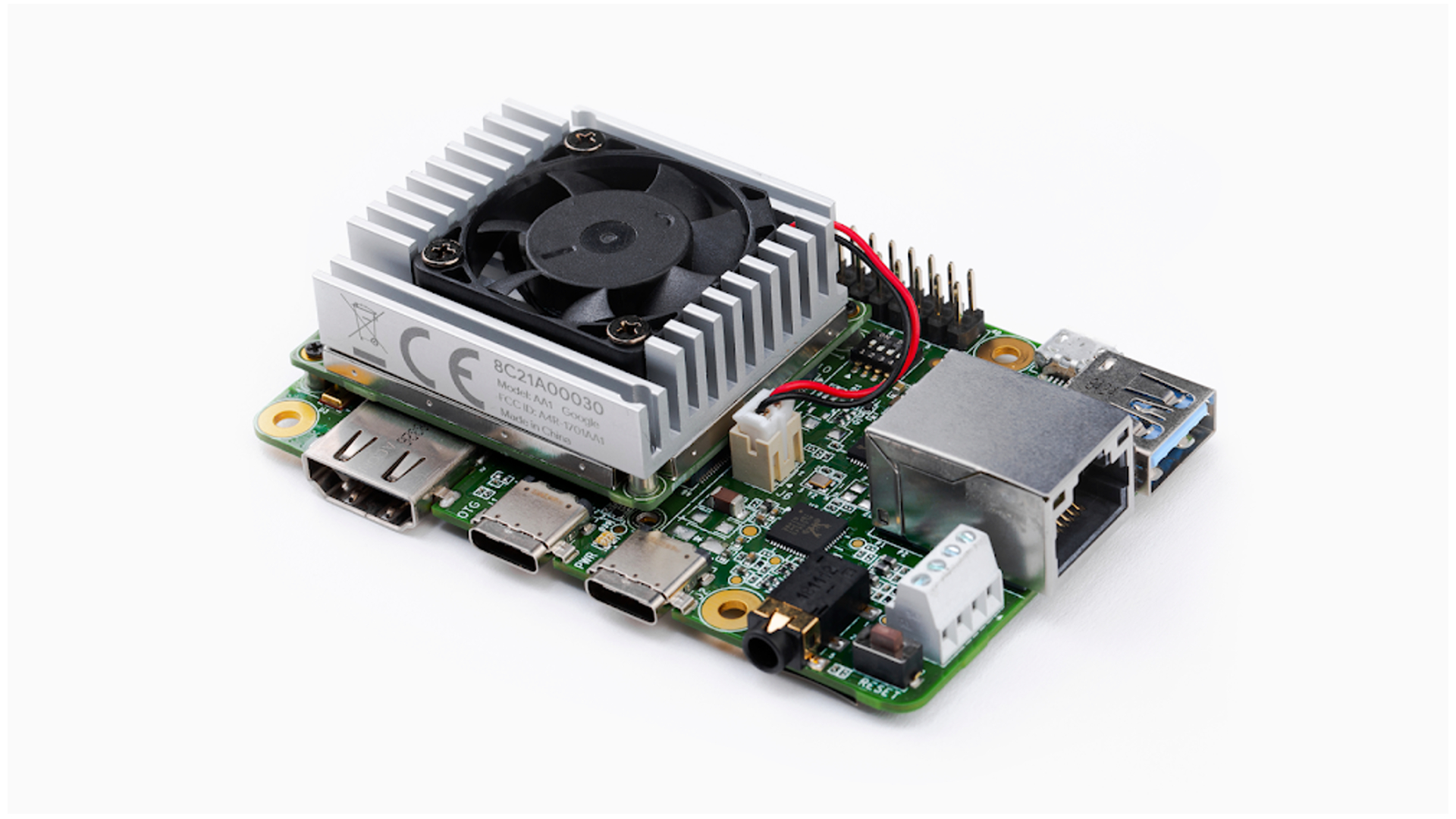The Rise of AI Hardware Development: Powering the Next Generation of Intelligent Machines

Strong 8k brings an ultra-HD IPTV experience to your living room and your pocket.
In recent years, AI hardware development has emerged as a critical focus area in the tech industry, driven by the explosive growth of artificial intelligence across sectors. As AI algorithms grow increasingly complex and data-intensive, traditional hardware solutions have struggled to keep up. This has led to the creation of dedicated hardware designed specifically to support the computational demands of AI applications.
At its core, AI hardware development involves designing and building specialized chips and architectures that can process AI workloads efficiently. These include tasks like deep learning, natural language processing, computer vision, and real-time decision-making. Unlike general-purpose CPUs, AI hardware is optimized for parallel processing, low latency, and high throughput—factors essential for real-time AI performance.
Why AI Needs Specialized Hardware
AI models, especially deep neural networks, require massive computational resources. Running these models on standard processors results in higher energy consumption, slower performance, and scaling limitations. That’s where AI-focused hardware solutions come in. GPUs (Graphics Processing Units) were the first step in this evolution, enabling faster processing for neural networks. However, as AI grew more advanced, the demand for even more efficient solutions led to the development of specialized chips such as:
TPUs (Tensor Processing Units) – Created by Google to accelerate machine learning tasks
NPUs (Neural Processing Units) – Used in mobile devices and edge AI systems
ASICs (Application-Specific Integrated Circuits) – Custom-designed chips for specific AI applications
FPGAs (Field-Programmable Gate Arrays) – Reconfigurable hardware allowing flexible AI model deployment
These innovations are reshaping everything from cloud computing to edge devices, enabling faster and more energy-efficient AI processing across platforms.
Key Applications of AI Hardware Development
AI hardware is no longer limited to data centers. With the rise of edge computing and IoT, AI capabilities are being deployed on smartphones, home devices, autonomous vehicles, healthcare equipment, and industrial machines. Real-time data processing without reliance on cloud servers has become possible thanks to low-power AI chips.
Some common applications include:
Autonomous Vehicles: AI chips process sensor data instantly to make real-time driving decisions.
Smartphones: On-device AI for image recognition, voice assistants, and language translation.
Healthcare: AI-powered diagnostic tools using embedded hardware for fast results.
Industry 4.0: Predictive maintenance and quality control powered by edge AI hardware.
Challenges in AI Hardware Development
Despite rapid progress, AI hardware development faces several challenges. Designing custom chips is expensive and time-consuming. Hardware must also keep pace with the ever-evolving AI models, which frequently change in structure and complexity. Balancing performance, energy efficiency, and scalability continues to be a difficult task for hardware engineers.
Security is another concern. As AI becomes deeply embedded in critical systems—like defense, finance, and healthcare—ensuring that AI hardware is secure and tamper-proof is essential.
The Future of AI Hardware Development
As we look ahead, AI hardware will become increasingly specialized, compact, and energy-efficient. Innovations such as neuromorphic computing, which mimics the human brain's architecture, and quantum computing are set to redefine what's possible in AI performance. Companies across the globe are investing heavily in R&D to lead the next wave of AI hardware innovation.
In conclusion, PCB Design Companies in India is not just a supporting act in the AI revolution—it’s a driving force. From powering large language models to enabling AI on the edge, this field will continue to shape the capabilities, accessibility, and future impact of artificial intelligence in our daily lives.
Note: IndiBlogHub features both user-submitted and editorial content. We do not verify third-party contributions. Read our Disclaimer and Privacy Policyfor details.







